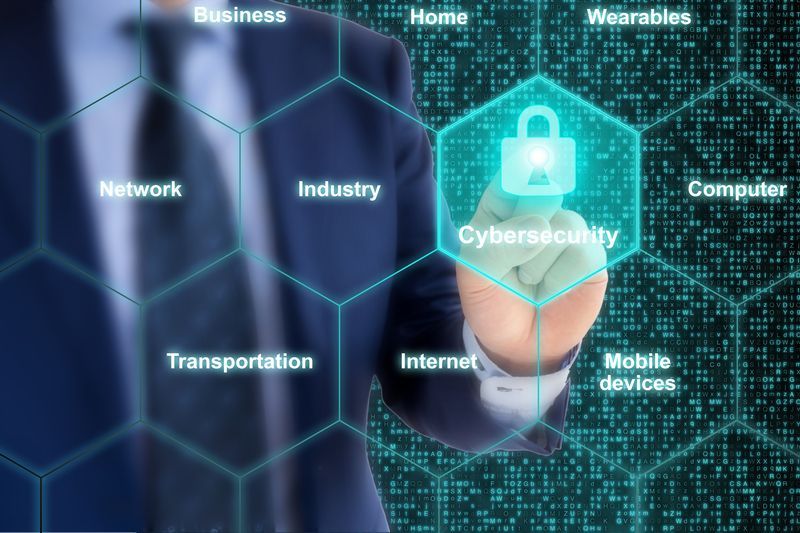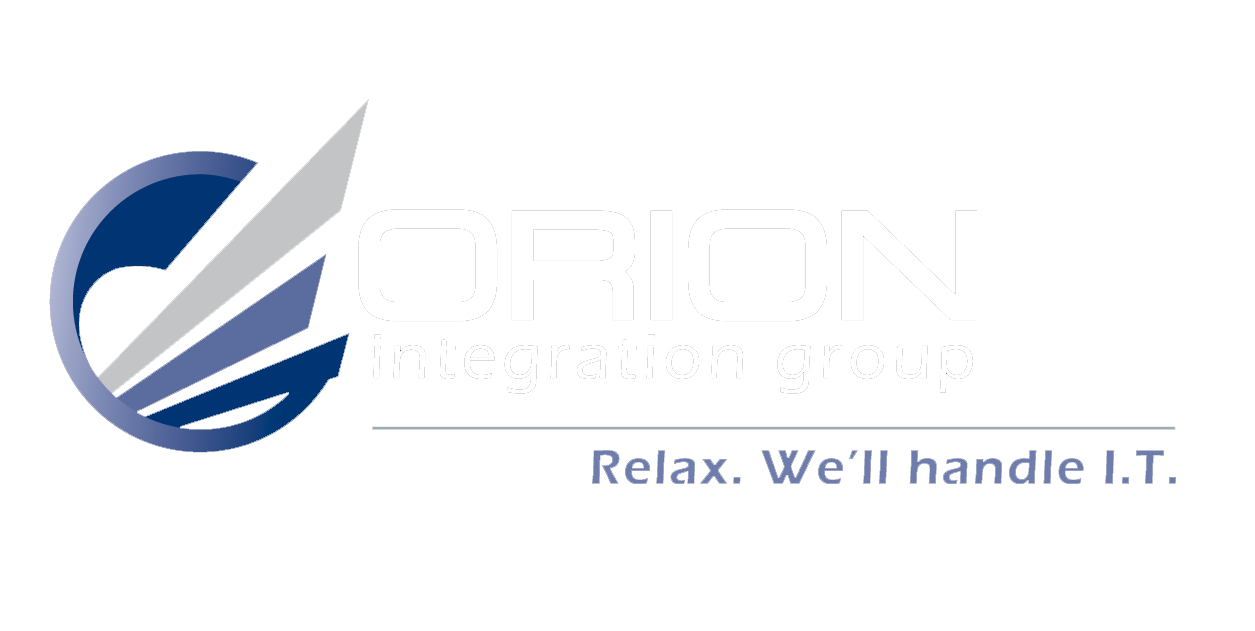Empowering Your Team with Effective Cybersecurity Training
Exploring the realm of cybersecurity training for teams reveals valuable insights into empowering employees with the knowledge and skills to protect against digital threats. By equipping teams with the necessary tools and knowledge, businesses can safeguard their sensitive data and prevent cyberattacks. This journey as we explore the world of cybersecurity training, empowering teams to defend against evolving digital risks.
The Evolving Threat Landscape: Understanding the Need for Employee Training
In today's digital-centric world, the cybersecurity landscape is constantly evolving, bringing new challenges for businesses across the globe, including those in the Southwest Idaho region and surrounding areas. Cybersecurity threats such as phishing, ransomware, and data breaches are becoming more sophisticated, targeting not just technological vulnerabilities but also human ones. This underscores the dire need for comprehensive employee training that can adapt to the changing threat environment.
A brief overview of the types of cybersecurity threats companies face illuminates the impact these can have on operations. Incidents like the 2017 WannaCry ransomware attack, which affected hundreds of thousands of computers across 150 countries, highlight the far-reaching consequences of cyber threats. Locally, businesses in areas like Boise, Idaho, are not immune, with attacks causing significant financial losses, reputational damage, and operational disruptions. The role of human error in these breaches cannot be overstated; whether it is clicking on a malicious link or failing to update a password, employee mistakes are a significant vulnerability.
The cost of inadequate cybersecurity training goes beyond the immediate financial losses. According to a report by IBM,
the average cost of a data breach in 2020 was $3.86 million, a figure that could be devastating for small to medium-sized businesses in regions served by Orion Integration Group. Beyond the immediate financial impact, businesses face loss of customer trust, legal repercussions, and long-term damage to their brand. These potential costs make it clear that investing in robust cybersecurity training for employees is not just a precaution, but a necessity.
Enhancing employee awareness and understanding of cybersecurity practices is crucial in reinforcing a business’s defenses against cyber threats. Training programs must be dynamic, and continuously updated to reflect the latest threats and best practices for mitigating them. For companies in the Southwest Idaho region and beyond, acknowledging the vital role of employees in cybersecurity by equipping them with the knowledge and tools to protect against cyber threats is a step toward securing their operations in an increasingly digital world.
Building Blocks of an Impactful Cybersecurity Training Program
With the acknowledgment that employees play a critical role in a company's cyber defense, the focus shifts to crafting a cybersecurity training program that transcends mere compliance. This hinges on identifying the training needs unique to a company’s size and sector. For small businesses in the technology sector of Boise, Idaho, the training might emphasize safeguarding intellectual property against industrial espionage. Conversely, large healthcare entities might focus on protecting patient data and compliance with HIPAA regulations.
An integral
element of effective training is the incorporation of real-life scenarios and simulations. By simulating phishing attacks or breach scenarios, employees can experience firsthand the subtleties of cyber threats, fostering a deeper understanding and better retention of the practices needed to deter them. This experiential learning approach, coupled with continuous assessment and feedback, ensures that training is not a one-off event but a continuous journey of improvement.
Fostering a Proactive Cybersecurity Culture
True resilience against cyber threats derives not just from knowledge but from a proactive security mindset among employees. Instilling a security-first approach starts with leadership demonstrating a commitment to cybersecurity and extends to every layer of the organization. Encouraging employees to remain vigilant and to recognize and report threats is paramount. This is achieved through clear communication channels and a non-punitive approach to reporting potential threats.
Incentivizing proactive behavior plays a pivotal role. Whether through recognition programs, incentives, or gamification of training exercises, rewarding employees for positive security behaviors fosters a culture of vigilance and responsibility.
Customization: The Key to Regional and Industry Relevance
One of the challenges in cybersecurity training arises from the diversity of threats, notably how they vary by region and industry. For businesses based in Southwest Idaho and surrounding areas, it is essential to tailor training to reflect the local cyber threat landscape. A comprehensive understanding of regional threats, from specific phishing attacks to malware trends, allows for the customization of training programs to better prepare employees. Similarly, addressing industry-specific vulnerabilities adds another layer of defense, making cybersecurity training not just a general exercise but a strategic tool targeted to protect against the most pertinent threats.
The foundation of a
transformative cybersecurity training program lies in its customization, relevance, and ability to ingrain proactive security behaviors. By focusing on these core elements, businesses can significantly enhance their cybersecurity posture, turning employees from potential vulnerabilities into robust lines of defense.
Bridging the Gap with Accessible and Ongoing Education
The cybersecurity landscape is perpetually in flux, marked by the relentless emergence of new threats and vulnerabilities. This dynamic nature poses a significant challenge to businesses: ensuring their cybersecurity training remains current and comprehensive. The solution lies in adopting an approach that prioritizes accessibility and ongoing education within the organization.
Keeping training materials up-to-date with emerging threats is a formidable task, yet crucial for maintaining an effective defense against cyber attacks. Leveraging cloud-based platforms offers a way to streamline this process, providing employees with access to the latest training materials, regardless of their location. This is especially pertinent in today's increasingly remote work environment, ensuring that employees, whether in the office or working from Southwest Idaho's farthest reaches, have unfettered access to essential cybersecurity resources.
Fostering a continuous learning culture within an organization is paramount. This requires moving beyond the traditional paradigm of periodic training sessions to a model where cybersecurity education is woven into the fabric of everyday work life. Regular updates, newsletters, and informal learning sessions can keep cybersecurity at the forefront of employees' minds without causing fatigue or disinterest.
Case Studies: Transformative Cybersecurity Training in Action
Examining the real-world application of transformative cybersecurity training highlights its potential impact. A notable example involves a regional bank based in Boise, Idaho, which implemented a continuous cybersecurity education program for its employees. The program, tailored to the specific threats the finance sector and the local area face, included regular simulations of phishing attacks and workshops on secure online practices. The result was a dramatic reduction in successful phishing attempts and a heightened awareness of cybersecurity across the organization.
Another case study centers on a healthcare provider in the Southwest Idaho region that adopted an incentive-based approach to encourage proactive security behavior among its staff. Employees who identified potential cyber threats or who consistently adhered to best security practices were recognized and rewarded. This approach not only bolstered the company's cybersecurity defenses but also fostered a positive work culture centered around mutual responsibility and vigilance.
These examples underscore the transformative potential of well-designed cybersecurity training programs. By incorporating ongoing education, fostering a culture of continuous improvement, and tailoring content to specific regional and industry threats, businesses can significantly enhance their cybersecurity posture. For companies in the Southwest Idaho region and beyond, these insights offer a blueprint for developing a cybersecurity training strategy that not only educates but empowers employees to act as the organization's first line of defense against cyber threats.
Building a robust cybersecurity defense isn't just about investing in advanced technologies; it’s also about harnessing the potential of the human element. Through comprehensive and continuous training programs, businesses can transform their employees from the weakest link in the cybersecurity chain into their strongest asset.
Ready to transform your employees into your strongest cybersecurity asset? Orion Integration Group offers customized cybersecurity training programs tailored to your business’s unique needs and the specific threats of the Southwest Idaho region.











